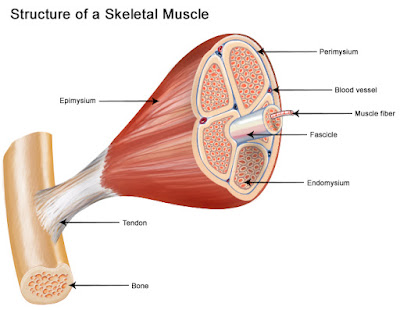Introduction:
Greetings, fellow enthusiasts of the human body! Today, we embark on a captivating journey exploring the intricate mechanisms and fascinating history of muscles. From their origins to their numerous types and functions, muscles play a central role in enabling movement, powering physical performance, and maintaining our overall well-being.
The History and Origins of Muscles:
Muscles are structures composed of specialized cells known as muscle fibers. Dating back millions of years, the evolutionary history of muscles can be traced to the early primordial organisms. These primitive creatures utilized rudimentary muscle-like tissues to propel, contract, and navigate their way through the aquatic environments of the prehistoric world.
Types of Muscles:
1. Skeletal Muscles:
Skeletal muscles, also known as striated muscles, are the most common type of muscles found in our bodies. These muscles, attached to our bones via tendons, are responsible for voluntary movements and locomotion. They enable us to walk, run, jump, and perform complex activities such as playing musical instruments or typing on a keyboard.
2. Cardiac Muscles:
Distinct from skeletal muscles, cardiac muscles comprise the walls of the heart. These specialized muscles exhibit rhythmic contractions, generating the force required to pump oxygen-rich blood throughout our bodies. Due to their unique property of automaticity, cardiac muscles involuntarily contract without relying upon external nerve stimulation.
3. Smooth Muscles:
In stark contrast to the striped appearance of skeletal and cardiac muscles, smooth muscles lack visible striations and are found in various organs such as the digestive system, blood vessels, and respiratory tract. Responsible for involuntary movements, smooth muscles tirelessly facilitate essential functions like digestion, blood circulation, and respiration.
Muscle Contraction and the Sliding Filament Theory:
The mechanics behind muscle contraction are governed by the sliding filament theory. According to this widely accepted theory, it is the interaction between two proteins, actin and myosin, that produces muscle contraction. Simultaneously, calcium ions released inside muscle fibers initiate a cascade of events that lead to the shortening and forceful contraction of a muscle.
The Role of Muscles in Human Performance:
1. Strength and Power:
Working in tandem with our skeletal system, muscles provide the strength and power necessary for both everyday activities and extraordinary physical feats. As we train and condition our muscles, they adapt and grow stronger, enabling us to achieve extraordinary feats of athleticism.
2. Endurance and Flexibility:
While strength and power are vital, muscular endurance and flexibility are equally important. Endurance allows our muscles to perform repetitive contractions over extended periods without fatigue, enabling athletes to excel in marathons or endurance-based activities. Flexibility, on the other hand, allows muscles and joints to move through their full range of motion, decreasing the risk of injury and enhancing overall mobility.
Conclusion:
As we wrap up our exploration into the world of muscles, it becomes clear that these exceptional structures are far more than just bundles of flesh and fibers. From their evolutionary origins to their diverse types and intricate functions, the intricacy of muscles continues to awe both scientists and enthusiasts alike. Understanding and cherishing the marvels of muscles enables us to optimize our physical performance, maintain overall well-being, and appreciate the remarkable capabilities of the human body.

.jpeg)
.jpeg)
Comments